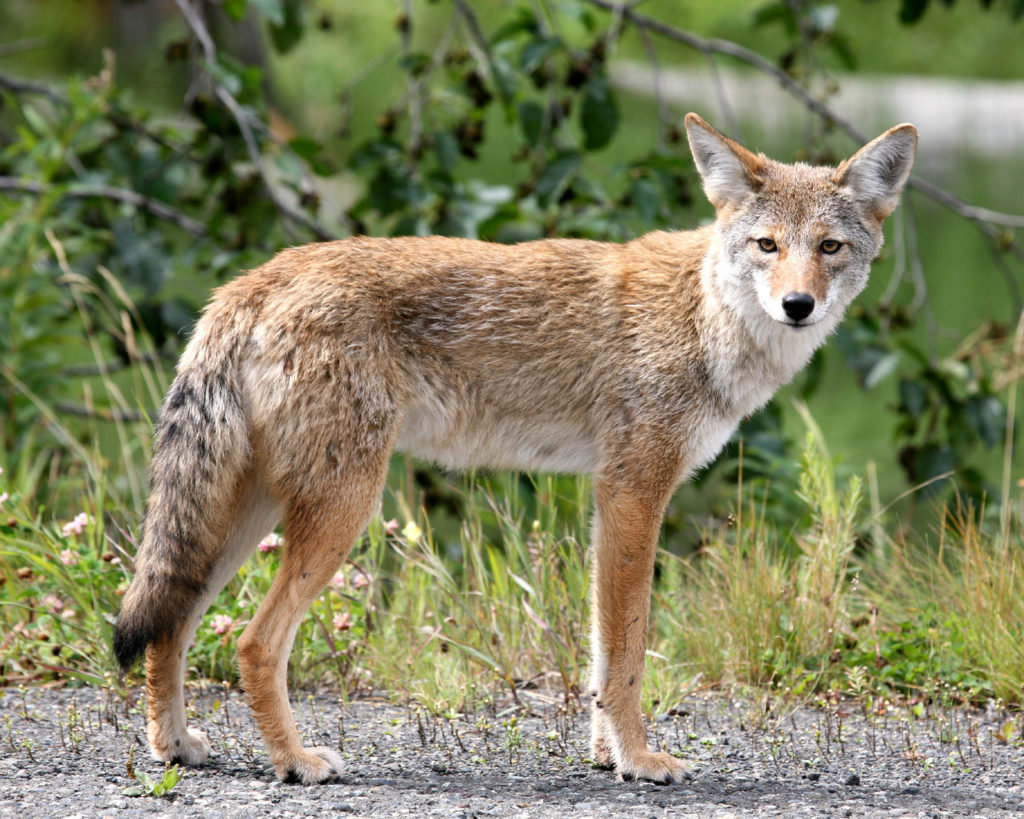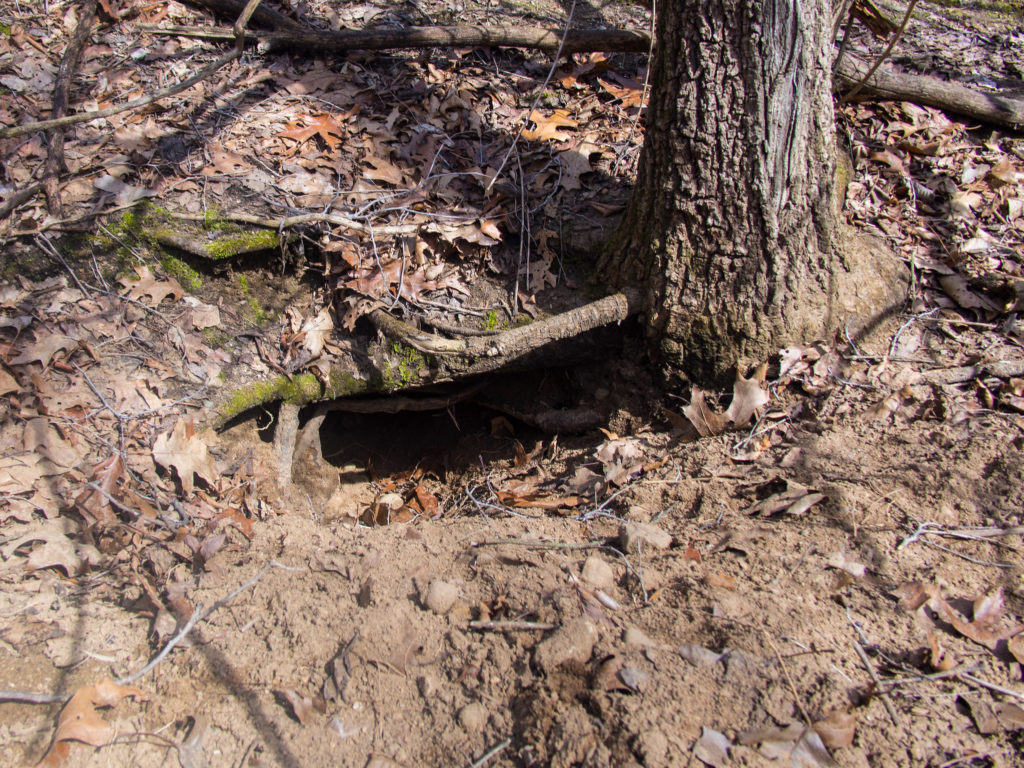Welcome to Creature Feature, a weekly series from the CELT education team highlighting local wildlife. Each week, we will share a short introduction to a local organism that you might encounter in your backyard or on our trails.
This week’s creature feature is the often-misunderstood coyote.
Many of us here in Cape have heard the call of the coyotes particularly in the evening or during the night. That distinct howl coupled with short high-pitched yelps can be heard as far as three miles away. Coyotes howl and yip primarily to communicate with each other and establish or defend their territory. They may bark when they are defending a den or a kill.

We have upwards of 15,000 coyotes here in Maine, according to the Department of Inland Fisheries & Wildlife. Coyotes in Maine have an average body size of 32-40 inches with a long tail of 12-15 inches and weigh anywhere between 18-40 lbs, They are about the size of small German Shepherd dog. They vary in coloration from light brown and grey to reddish on their sides with a pale underside. Coyote’s do their best to hide their dens which are often made under fallen trees, rock ledges, dense thickets or gravely hillsides.

Coyotes don’t really have any predators here in Maine except the Great Horned Owl, who will prey on young coyote pups.
Coyotes typically live in woodlands and grasslands, and these days in suburban areas. They are omnivores, meaning they eat both plants and meat including carrion (remains of dead animals).
Like all living things, coyotes play a vital role in the ecosystem in which they live. As an animal that eats carrion, they help dispose of dead and decaying animals on the forest floor while recycling nitrogen and carbon in those animal remains. Coyotes are also vital in controlling populations of smaller rodents like mice, rats, chipmunks, and squirrels,
In certain Native American folklore, the coyote is known as the trickster because of its clever ways! The coyote is a very adaptable creature which enables it to survive and even thrive despite changes or loss of habitats. We now have “urban” coyotes who live in areas with significant human populations — in fact, coyotes have even been spotted in some big cities!
This close proximity to humans has sometimes lead to conflicts and misunderstanding between coyotes and people. Typically, coyotes are afraid of people and try to stay away from us. If we encounter a coyote it is likely that the coyote is only looking for food. They are opportunistic, and will look for easy prey and easy food sources like garbage, pet food, or house pets left outside overnight.
Next time you hear a coyote howling or yipping try to imagine what they might be saying to each other or think about how clever they are to be able to survive despite a significant loss of habitat and unregulated hunting.
